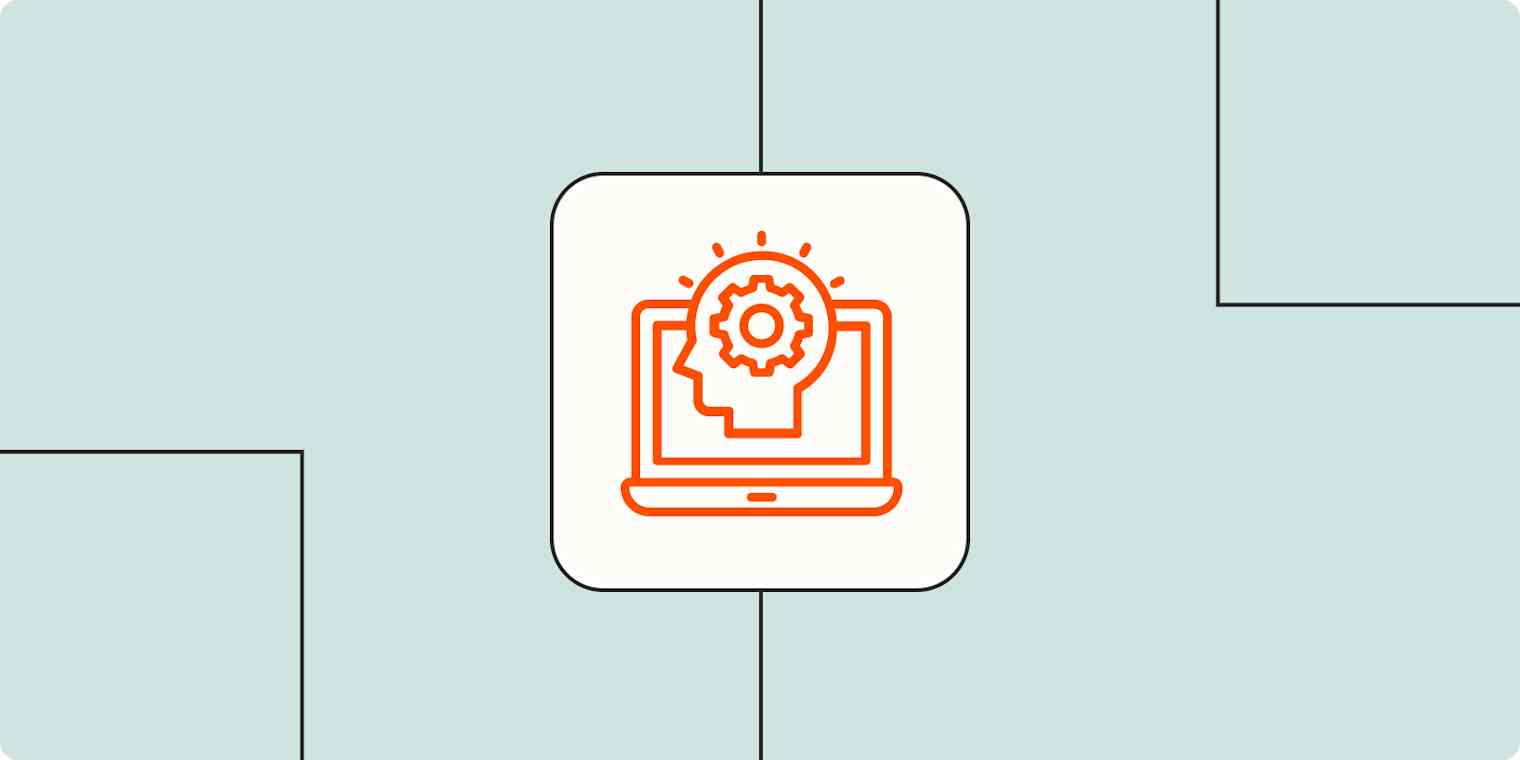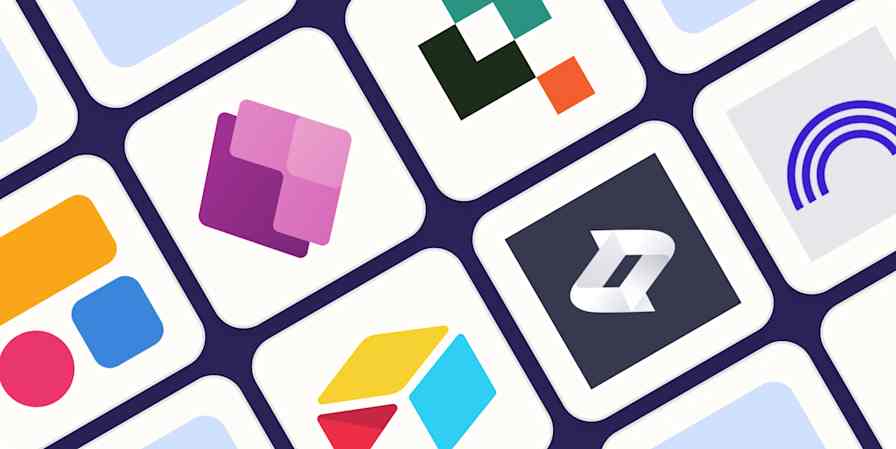Business tips
18 min readEnterprise AI: How companies can use AI across the organization
By Michael Kern · June 5, 2024

Get productivity tips delivered straight to your inbox
We’ll email you 1-3 times per week—and never share your information.
Related articles
Improve your productivity automatically. Use Zapier to get your apps working together.








